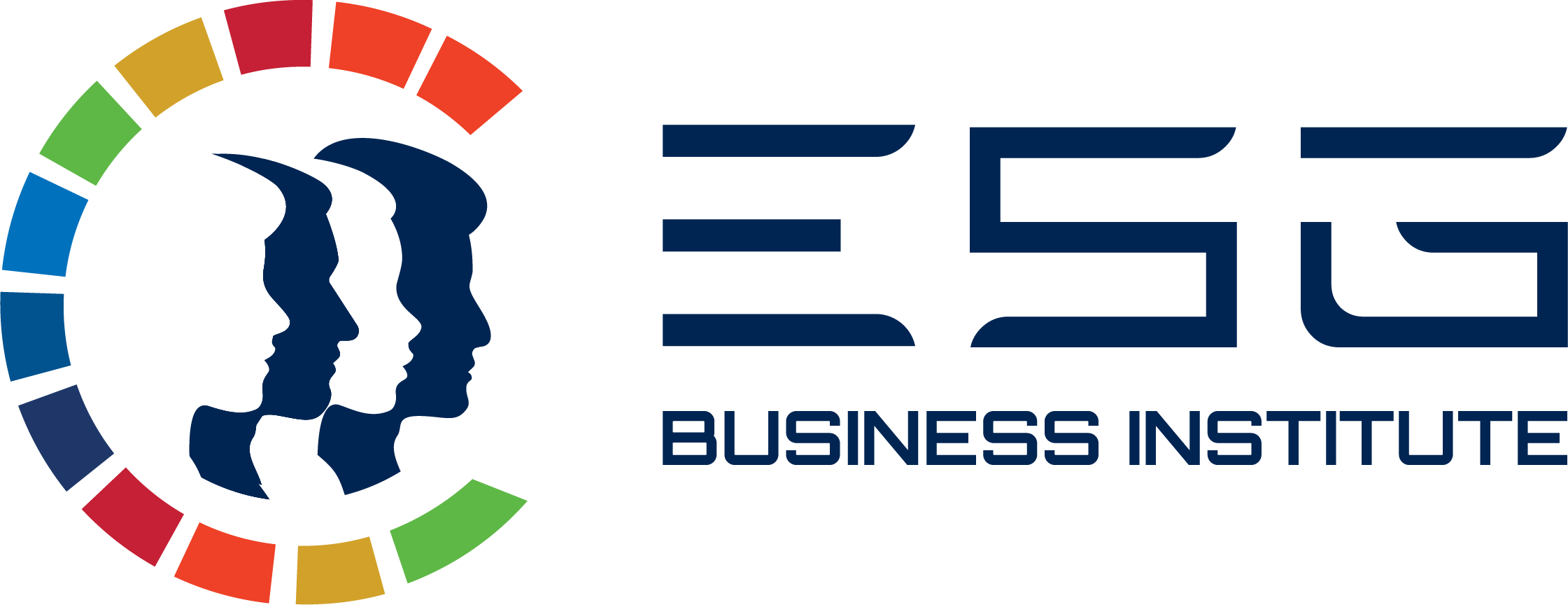The GRI framework is a strong reference because it provides a structured and transparent way to disclose environmental, social, and governance performance, helping companies communicate their real impacts and align with global sustainability standards.
However, as a B Lab analyst, I find that the B Impact Assessment goes a step further — it not only measures performance but also drives continuous improvement by evaluating how companies create positive impact through their governance, workers, community, environment, and customers.
Combining both tools gives a complete picture: GRI focuses on transparency and disclosure, while the BIA emphasizes action and measurable impact. Together, they help organizations move from simply reporting sustainability to actually embedding it into their business model and decision-making.
However, as a B Lab analyst, I find that the B Impact Assessment goes a step further — it not only measures performance but also drives continuous improvement by evaluating how companies create positive impact through their governance, workers, community, environment, and customers.
Combining both tools gives a complete picture: GRI focuses on transparency and disclosure, while the BIA emphasizes action and measurable impact. Together, they help organizations move from simply reporting sustainability to actually embedding it into their business model and decision-making.
